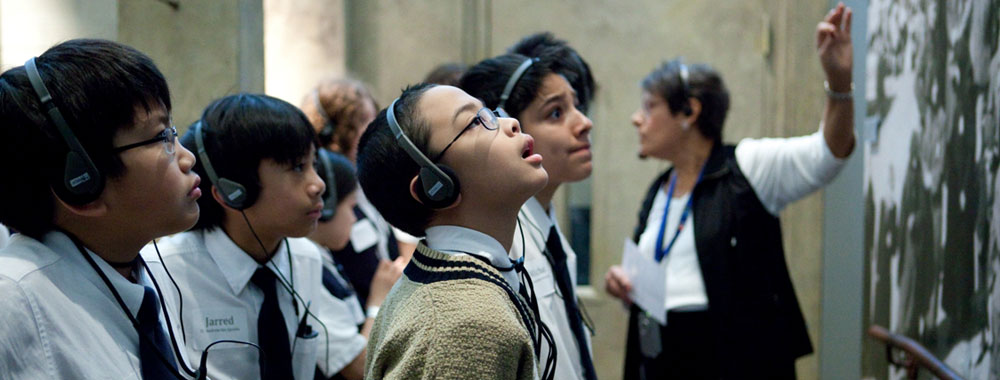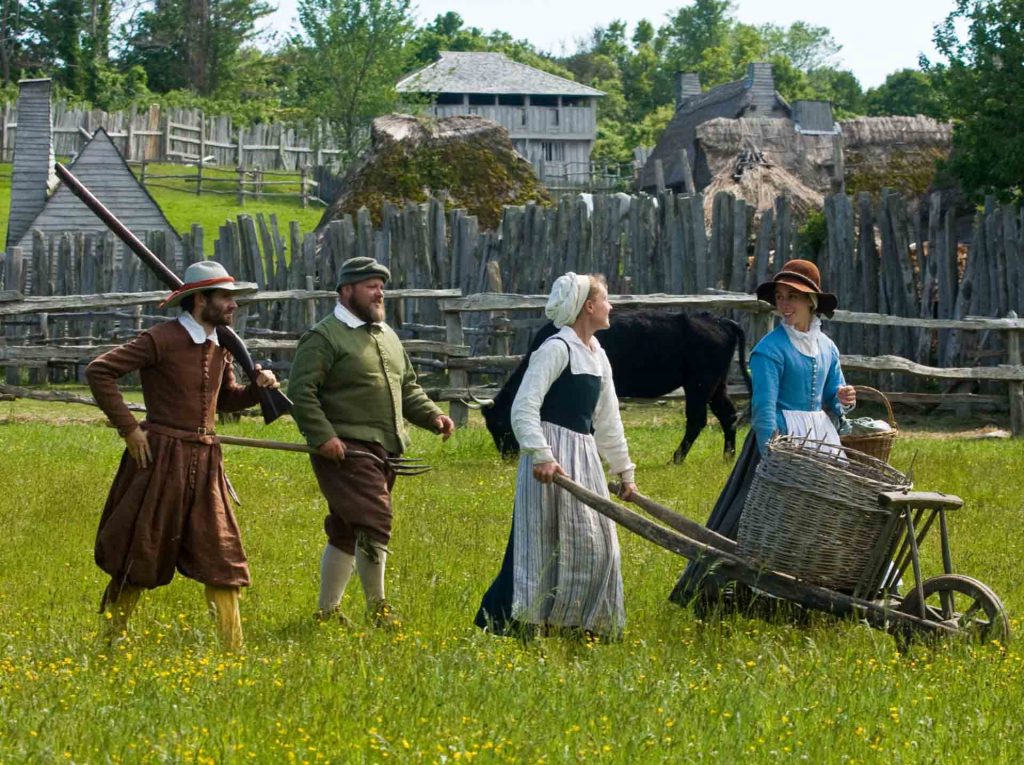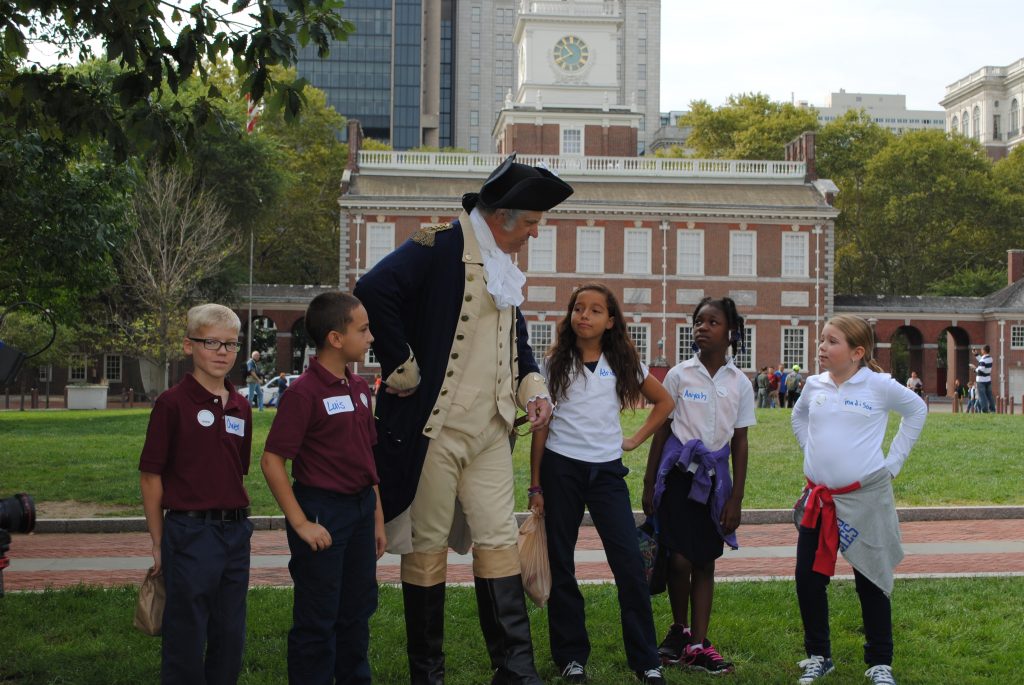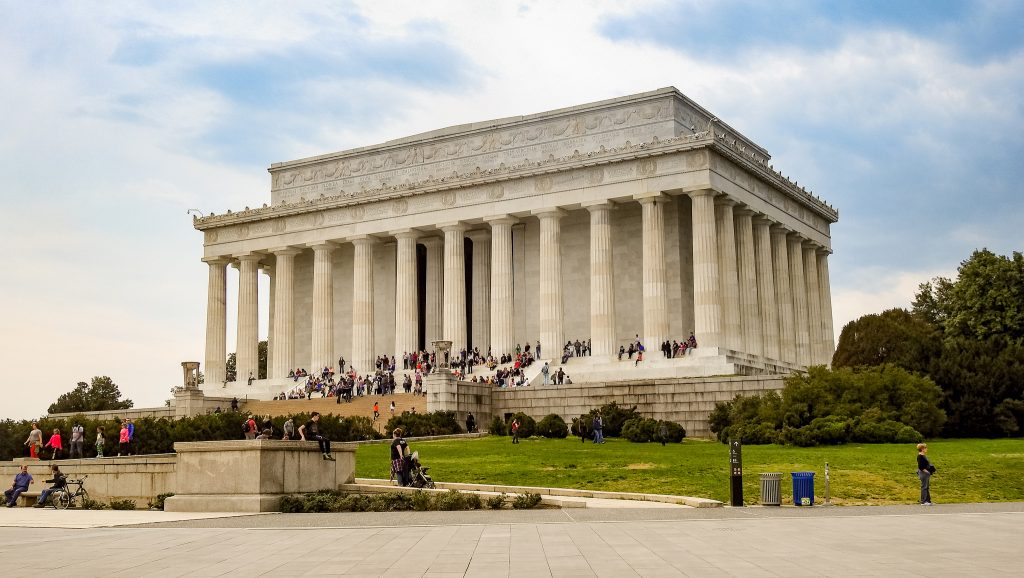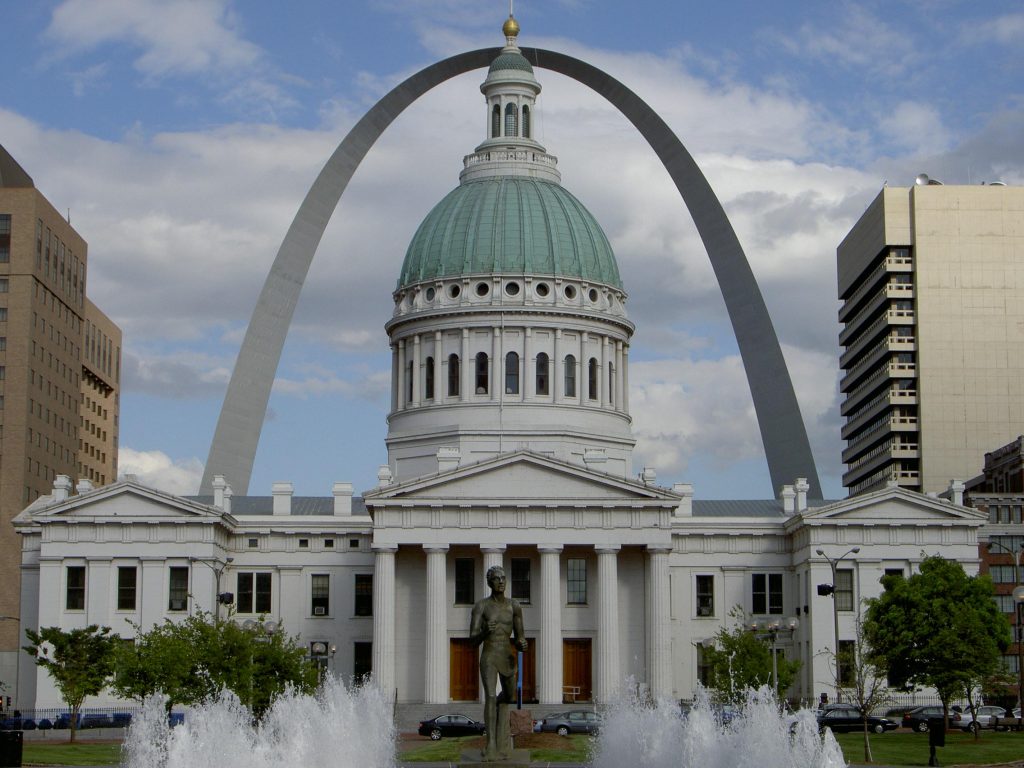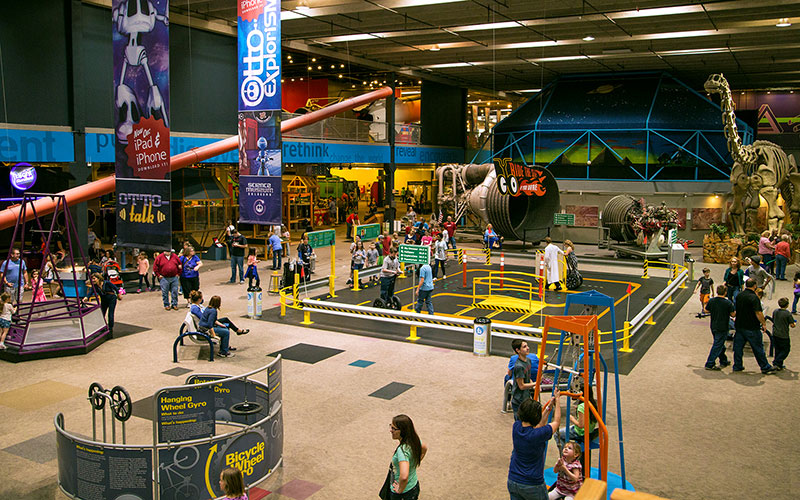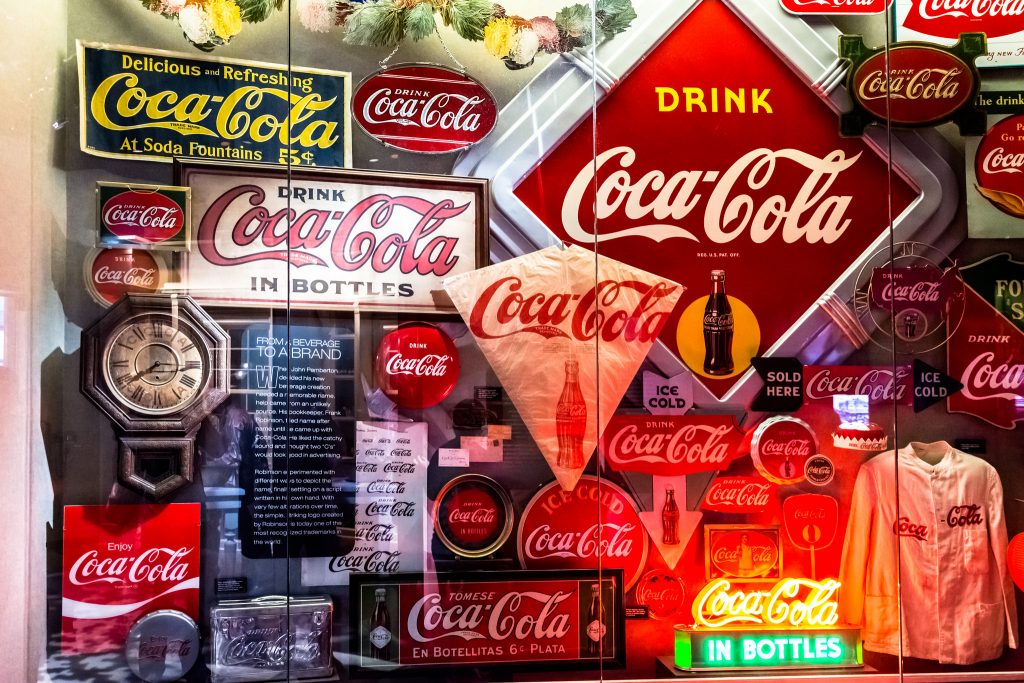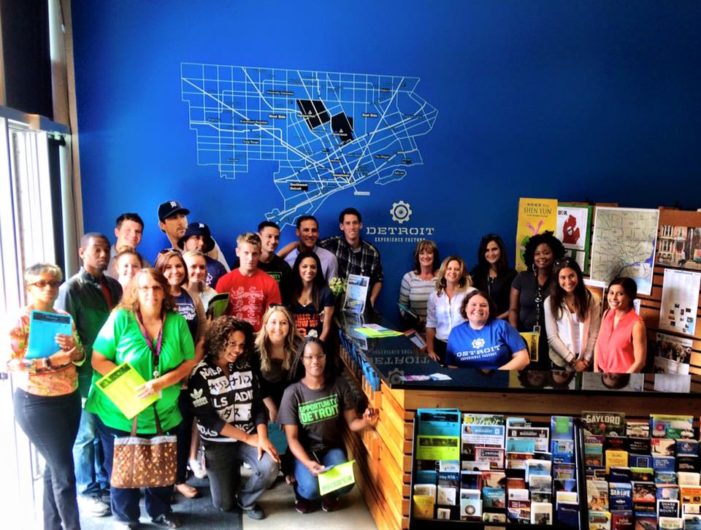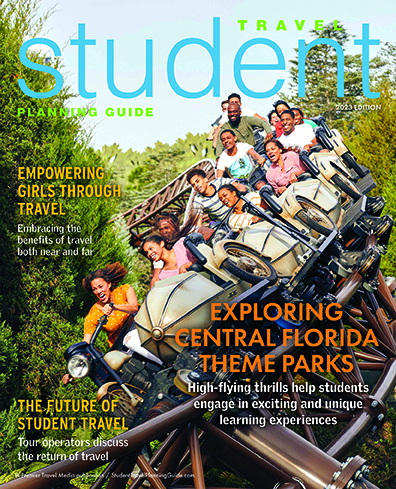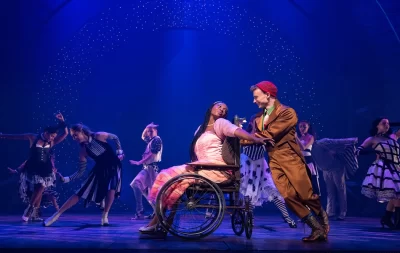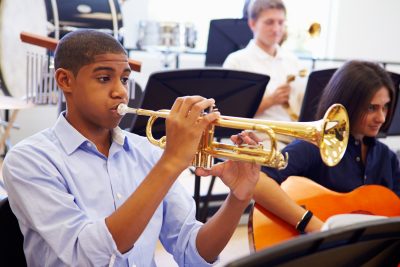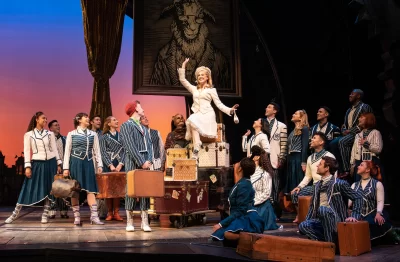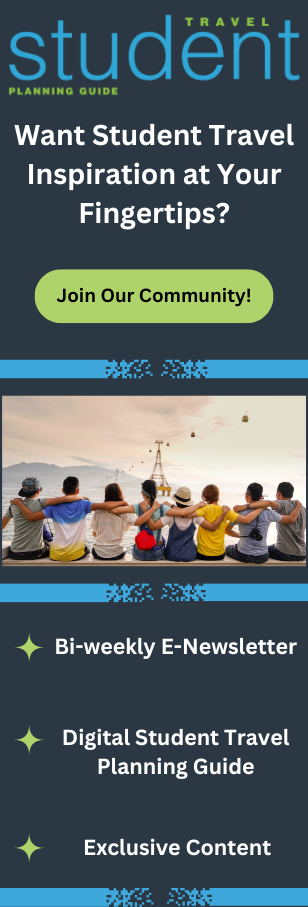Field trips are essential to any curriculum because of their unique ability to inspire students’ interest in the class material and to provide a sense of relatability that you simply can’t find in a textbook. Students will return from these eight destinations with a greater appreciation for both their course of study and the course of history.
Boston, Massachusetts
Often referred to as the “Cradle of Liberty” due to its role in instigating the American Revolution, Boston is a city jam-packed with fascinating history and rich culture. Originally established by Puritans as a refuge from religious persecution in Europe, Boston was consistently a hot spot for unrest. Most notably, the Boston Tea Party and various boycotts and uprisings during the Revolutionary period took place in Boston. Today, the city is known for its slew of prestigious colleges and vibrant art and music scene. Due to the plethora of historic landmarks, students will not soon forget the giant outdoor museum that is Boston.
Begin your exploration of Boston with a visit to Plimoth Plantation, a recreation of a 17th-century English village where the first Pilgrims would have lived. Role players will act as citizens of the Plymouth colony and educate students through storytelling and tours. For groups looking to gain more insight into the American Revolution, take a walking tour on the Freedom Trail, a three-mile trail that traces the events leading up to the War of Independence. Students can stroll through the Old South Meeting House – the site of the Boston Massacre – the Paul Revere House and the Bunker Hill Monument before eating lunch in the Boston Common, the oldest park in the nation.
Next, book a tour aboard the Boston Tea Party Ships and Museum for a living history presentation that will ignite students’ imaginations. Samuel Adams and the Sons of Liberty will guide your student group through a reenactment of the Boston Tea Party town meeting and give them the opportunity to destroy British tea at Griffin’s Wharf as the revolutionaries once did. Expand students’ knowledge of the anti-slavery movement in Boston by touring the Black Heritage Trail and walking through the Museum of African-American History. Boston was the first state in the U.S. to record no slaves and is home to the African Meeting House on Beacon Hill, where many major abolitionist speeches were given.
Philadelphia, Pennsylvania
Besides being the home of the famed Philly cheesesteak, Philadelphia is regarded as the birthplace of American democracy. Originally founded as a place of religious tolerance, it was recognized as the largest and most significant city during the American Revolution and even served as the unofficial capital of the U.S. throughout the War of Independence. Philadelphia is a city of firsts, boasting America’s first daily newspaper, hospital, medical school and zoo. From the iconic hoagies (sub sandwiches) and the plentiful public art to the slew of historic locations and artifacts, Philadelphia will make a lasting impression on all student groups.
Students can visualize Revolutionary America after touring Independence National Historical Park. The park displays the cracked Liberty Bell and allows travel groups to walk through Independence Hall – the location where both the Declaration of Independence and the U.S. Constitution were signed. The park also includes exhibits such as Benjamin Franklin Museum, Congress Hall and the residence of first president George Washington. In addition, students can explore the former home of Betsy Ross, who supposedly stitched the first American flag.
After learning about the early politics of America, students can check out the progression of the money creation process at the United States Mint. Tour groups can observe the coining method above the factory floor as well as the first coining press; they can even say hello to Peter, the resident bald eagle. It is recommended that tour groups visit Philadelphia during the months of September through March due to reduced crowds. Although food isn’t allowed in any of the historical buildings, students may picnic in the park or eat in the cafeteria provided for school groups in the National Constitution Center.
Washington D.C.
All American students should experience the center of it all – the U.S. capital, the political hub of the nation – Washington D.C. Schools all over the country schedule a trip to D.C. to experience the home base of all three branches of government and explore the many museums. Students will not only feel more connected to their studies but also to their country after seeing firsthand where the President of the United States lives and the buildings where some of the largest and most consequential national decisions are made.
Washington D.C. lends itself to student travel due to its abundance of tour programs and impressive number of landmarks and attractions. Most must-see sites are on the National Mall, a national park that spans from the Lincoln Memorial to the United States Capitol building. Request a staff-led tour at the U.S. Capitol to learn all about congressional meetings and procedures and allow time for your students to gape at the immensity of the marble immortalization of President Lincoln at the Lincoln Memorial. Also on the National Mall are Smithsonian museums such as the National Museum of American History and the National Air and Space Museum.
Encourage students to apply their knowledge of American politics while touring major government buildings such as the White House, Supreme Court building and Library of Congress. Expose students to more serious events and themes such as attending the solemn Changing of the Guard ceremony at Arlington National Cemetery and paying respects at the Vietnam Veterans Memorial and United States Holocaust Memorial Museum. Lighten the mood at the Newseum and the Spy Museum, two attractions that combine educational exhibits with interactive activities that all students will love.
Interested in Washington D.C? Check out these articles for more great student travel ideas:
- 5 Must-See Attractions and Sights for Student Groups in Washington D.C.
- Top 5 Up-and-Coming Attractions in Washington D.C.
Birmingham, Alabama
Birmingham, the “Magic City,” is best known for its role in the American Civil Rights Movement and its iron and steel production. During the 1950s and 1960s, African Americans in Birmingham were targeted by the Ku Klux Klan, often resulting in bombings or other violent acts. Activists such as Fred Shuttlesworth and Martin Luther King, Jr. fought against the brutality by speaking and leading demonstrations in Birmingham. Students learning about the Civil Rights Movement or Southern culture will benefit from the wide variety of museums and historic landmarks and the invigorating ways of life that constitute Birmingham.
Educate your student group about the American Civil Rights Movement through the compelling exhibits at the Birmingham Civil Rights Institute. The BCRI includes displays that address the Jim Crow laws, Black Power in the Black Belt, women of the Civil Rights Movement and the bombings at the Sixteenth Street Baptist Church. After learning about the atrocity at the BCRI, students can pay their respects at the actual Birmingham church where the tragic event unfolded.
Student groups will appreciate a trip to other diverse museums such as the U.S. Space and Rocket Museum, located in Huntsville, AL about 90 miles North of Birmingham. Additionally, the Birmingham Museum of Art and the McWane Science Center are popular destinations for student groups. Named after the statue on the top of Red Mountain that overlooks the city, the Vulcan Park and Museum includes exhibits that enlighten students about the city’s history and future. Programs are designed based on students’ ages, and there’s a personalized tour for every grade from lessons about family life in early Birmingham to curriculum about Birmingham during difficult times such as the Great Depression and the Civil Rights Era.
St. Louis, Missouri
Often called the “Gateway to the West,” St. Louis is best-known for its role in the Louisiana Purchase, the impetus for westward expansion in the U.S and the birthplace of the ice cream cone. The iconic silver arch acts both has a tribute to famous explorers Lewis and Clark and as a gateway into the vivacious city on the edge of Missouri. After the Great Migration, when over six million African Americans moved to northern cities from the South, St. Louis became a melting pot of cultures. Today, visitors can sense this variety of heritage in blues music, barbeque restaurants, toasted ravioli and baseball games.
St. Louis is the perfect field trip destination because it provides an array of museums that cover topics in art, science, music and history. Students of all ages will have a blast at the City Museum, an interactive museum of St. Louis history that doubles as an indoor and outdoor playground. The Magic House Children’s Museum is a must-see for younger student groups, as is the Planetarium at the St. Louis Science Center. For groups looking to learn about the city’s history, the Missouri History Museum enlightens and entertains visitors with exhibits that cover subjects like the African American struggle for freedom in St. Louis, the 1904 World’s Fair and Missouri during World War I. The Griot Museum of Black History and the National Blues Museum can also offer insight into the African American experience in St. Louis throughout history, as well as the Old Courthouse – site of the famous Dred Scott trials.
While in St. Louis, groups will also enjoy a trip to the Economy Museum at the Federal Reserve Bank, the Museum of Transportation and the various art museums such as the Contemporary Art Museum St. Louis and the 10th Street Gallery. Before you leave, students will undoubtedly want to ride to the top of the Arch to not only learn more about the impressive monument but to see the city of St. Louis from a brand-new perspective.
Interested in St. Louis? Check out these articles for more great student travel ideas:
Oklahoma City, Oklahoma
From the infamous shanty town “Hooverville” to major urban renewal, Oklahoma City is brimming with historical significance and known for overcoming hardships. Originally a sleepy city until the discovery of oil in 1928, Oklahoma City became a hub for industry and a home for those with wealth. After a steep decline in the 1960s when the oil ran dry, the city experienced a series of renewal efforts that were interrupted by a tragic bombing in 1995. However, Oklahoma City proved resilient and continued to rebuild to the innovative and spirited place that it is today.
When learning about Oklahoma City’s past, the Oklahoma History Center is a great place to start. Students will explore the galleries of photographs and hands-on exhibits that explain Oklahoma City’s history in commerce, the railroad industry and World War I. Students will also rave about the National Cowboy and Western Heritage Museum, which tells the fascinating story of the Wild West and rich Native American culture in Oklahoma.
The Museum of Osteology is another educational opportunity in Oklahoma City that specializes in field trips and allows students to view hundreds of real skeletons and skulls. The Science Museum Oklahoma also features skeletons, organs and models of the human body as well as exhibits about insects, space and aviation. The Oklahoma Railway Museum is a unique museum where students can tour real vintage train cars, including a steam engine locomotive. For groups interested in art, the Oklahoma City Museum of Art boasts a large collection of photography, paintings and ceramic art. To discover the history of the state itself and its most famous residents, check out the Oklahoma Hall of Fame in the Gaylord-Pickens Museum, which offers a free field trip program.
Atlanta, Georgia
The U.S. city with the busiest airport is also the city that’s “too busy to hate.” This slogan for Atlanta is fitting based upon its history in the Civil Rights Movement and its citizens’ unwavering struggle for peace. Oftentimes viewed as the face of the New South, Atlanta was home to human rights visionaries such as Martin Luther King Jr. and those who participated in the Atlanta Student Movement to end racial discrimination in the South. Atlanta, the site of the 1996 Olympics and a source of industrial innovation and social progress, offers visitors a chance to learn from the past while witnessing the future.
Student groups will appreciate the combination of educational museums and entertaining attractions that an Atlanta field trip entails. The Georgia Aquarium, one of the largest in the world, houses thousands of animals and provides high-quality tours to student groups. The World of Coca-Cola is a museum that highlights the history of the acclaimed beverage and its impacts on society.
Students will better understand the Civil Rights Movement and the Civil War after exploring the many museums that explain the period through guided tours and engaging exhibits. The Southern Museum of Civil War and Locomotive History highlights the role of the railroad (or the “iron horses”) in the Civil War and industrialization during the period. Plan a visit to the Martin Luther King Jr. National Historic Site to walk in his footsteps, visit the church where he voiced his dreams and pay homage to his final resting place. End your trip at the Center for Civil and Human Rights, which will not only teach students about the Civil Rights Movement in Atlanta but also about human rights issues around the world today. A field trip to Atlanta will surely spur a conversation that will continue long after your group has left.
Detroit, Michigan
Detroit (also referred to as “D-Town” and “the Motor City”), the center of automobile manufacturing, Motown music and Coney Island hot dogs, is a Midwestern metropolis enriched with ethnic flair and a sense of rebirth and optimism. Detroit is a city that has faced adversity throughout its history, from race riots during the WWII era to its eventual bankruptcy in 2013. However, through urban renewal and rebuilding efforts, it is quickly rising from the ashes and returning to its former glory as a hub for creativity and ingenuity. Travel to Detroit to learn about its tribulations, revel in its successes and participate in its revival.
Begin your exploration of Detroit with a walking tour with the Detroit Experience Factory, a tourism company that will lead your student group around a Detroit area of your choice, whether through the downtown itself, the Eastern Market or the riverfront. The Eastern Market combines food and art to give students a taste of how Detroit locals live. Learn all about the city’s history while on the Historical Perspectives Tour at the Detroit Historical Museum before hearing more about its culture at the Motown Historical Museum and the Charles H. Wright Museum of African American History, both of which welcome large groups.
With its expansive collection and discounted admission for large groups, the Detroit Institute of Arts is another must-see for students. The Michigan Science Center is also an enjoyable and academic destination for students of all ages – be sure to schedule your trip in accordance with one of its various live science shows. For a nature-based field trip experience, check out the Outdoor Adventure Center and the field trip programs at the Belle Isle Nature Center. After an excursion to Detroit, your students will find it hard to believe that Detroit was a city in decline.
Cities often act as a backdrop for history to unfold and a place where distinct cultures thrive. To better educate students, it is imperative that they link their studies to the world around them and discover their own perspectives and opinions on their curriculum. Field trips to these eight compelling cities will not only encourage more in-depth learning among students, but will also help to foster a greater sense of curiosity.

